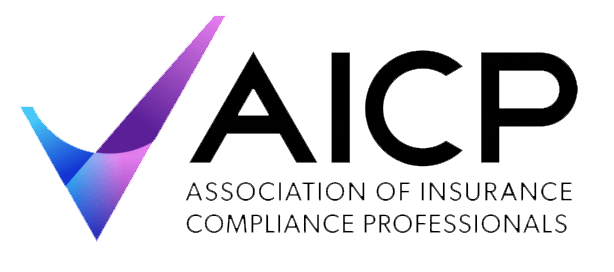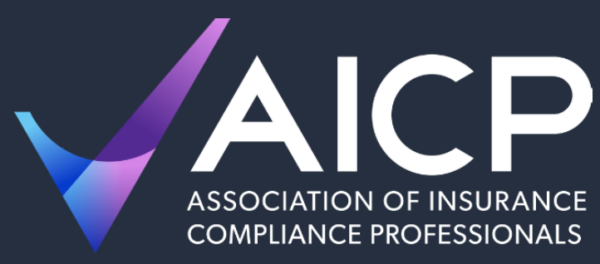Navigating the complex world of insurance regulation and the National Association of Insurance Commissioners (NAIC) can be a daunting prospect, even for veteran insurance professionals. Nine years ago, I left the corporate side of the insurance industry and became a regulator at the Arkansas Insurance Department. In the seventeen years prior to changing careers, I had interacted with regulators in my home state and two neighboring states but had only a slight working knowledge of the NAIC and its functions. My first national NAIC meeting was in 2015 in Chicago, and I was overwhelmed by the size of the conference, the number of meetings scheduled, the sea of people attending, and the scope of the topics discussed during the week. Consistent interaction and collaboration with my fellow regulators and NAIC staff over the years has given me much more familiarity with the organization and its purpose within the regulatory world.
The NAIC was established in 1871, which makes it the oldest association of state government officials in the United States. Members represent 56 jurisdictions within the country (including D.C. and five U.S. territories). With 56 separate insurance departments, the NAIC plays a vital role in coordinating insurance regulation among states and setting standards for insurance industry oversight as well as oversight of specific elements of each insurance department. The organization’s main purpose is to assist state insurance regulators in their primary mission of protecting policyholders, maintaining fair and competitive insurance markets, and ensuring insurance company solvency.
Serving as the backbone of the NAIC’s regulatory framework are the “letter committees.” Eight “letter committees”, named A through G, focus on specific areas within the industry, including all lines of insurance, cyber security, company solvency, international issues, consumer concerns and even state insurance department standards. The committees serve as forums for collaboration, debate, discussion, action and oversight of regulatory changes, model laws and/or regulations, and white papers. Regulators, industry stakeholders and consumer liaisons all participate at the committee level but membership and voting privileges remain with regulators. The constructive dialogue and collaboration within each committee (and their many task forces and working groups) helps to strengthen the effectiveness and legitimacy of the state-based regulatory system.
If you would like to know more about the NAIC Letter Committees so that you can better navigate through the regulatory world, be sure to check out “The ABC’s of the NAIC” presentation at the annual AICP Conference in Indianapolis, September 16-18, 2024.
Russ Galbraith
Chief Deputy Insurance Commissioner
Arkansas











